LSD and mushrooms are two of the most well-known psychoactive substances in the world, but despite their popularity, many people are still unaware of the differences between the two. In this article, we will explore the differences and similarities between LSD and mushrooms, and help you gain a better understanding of these powerful substances.
What is LSD?
LSD (Lysergic Acid Diethylamide) is a synthetic (man-made) psychedelic substance that was first synthesized in the 1930s. It is best known for its powerful hallucinogenic effects, which can last for up to 12 hours. LSD is usually taken orally, either by ingesting a tab or dropping liquid onto the tongue. The effects of LSD can be profound, inducing intense and sometimes terrifying hallucinations, altering perception, and inducing a deep sense of interconnectedness with the world.

What are Mushrooms?
Mushrooms, on the other hand, are a type of fungus that contain psychoactive compounds, the most well-known of which is psilocybin. Psilocybin is the active ingredient responsible for the powerful hallucinogenic effects of mushrooms. Mushrooms are usually consumed fresh or dried, and their effects can last anywhere from three to six hours. The effects of mushrooms can be just as intense as those of LSD, inducing profound hallucinations, altering perception, and inducing a deep sense of interconnectedness with the world.

Differences between LSD and Mushrooms
While both LSD and mushrooms have many similarities, there are also some significant differences between the two. One of the main differences is the way that the substances are ingested. LSD is taken orally, either by swallowing a tab or dropping liquid onto the tongue, while mushrooms are eaten whole, either fresh or dried.
Another key difference is the length of the experience. LSD trips can last up to 12 hours, while the effects of mushrooms typically last anywhere from three to six hours. Additionally, the intensity of the experience can vary greatly depending on the dose of the substance and the individual's psychological state.
Similarities between LSD and Mushrooms
Despite the differences between LSD and mushrooms, the two substances have many similarities as well. Both substances are powerful hallucinogens that can induce profound and intense experiences. Both substances also have the ability to alter perception, induce intense and sometimes terrifying hallucinations, and create a deep sense of interconnectedness with the world.
Additionally, both LSD and mushrooms have a long history of use in spiritual and religious rituals, and both have been used for their therapeutic potential in treating a wide range of mental health conditions, including depression, anxiety, and PTSD.
Conclusion
In conclusion, LSD and mushrooms are two of the most well-known psychoactive substances in the world, and while there are many differences between the two, they also share many similarities. Whether you are considering using LSD or mushrooms, it is important to understand the potential risks and benefits of these powerful substances, and to approach their use with caution and care. If you are interested in using either LSD or mushrooms, it is important to do your research and seek the guidance of a medical professional.

Modern Clinical Studies on LSD and psilocybin
- Liechti, M. E. (2017). Modern clinical research on LSD. Neuropsychopharmacology, 42(11), 2114-2127.






0 Comments